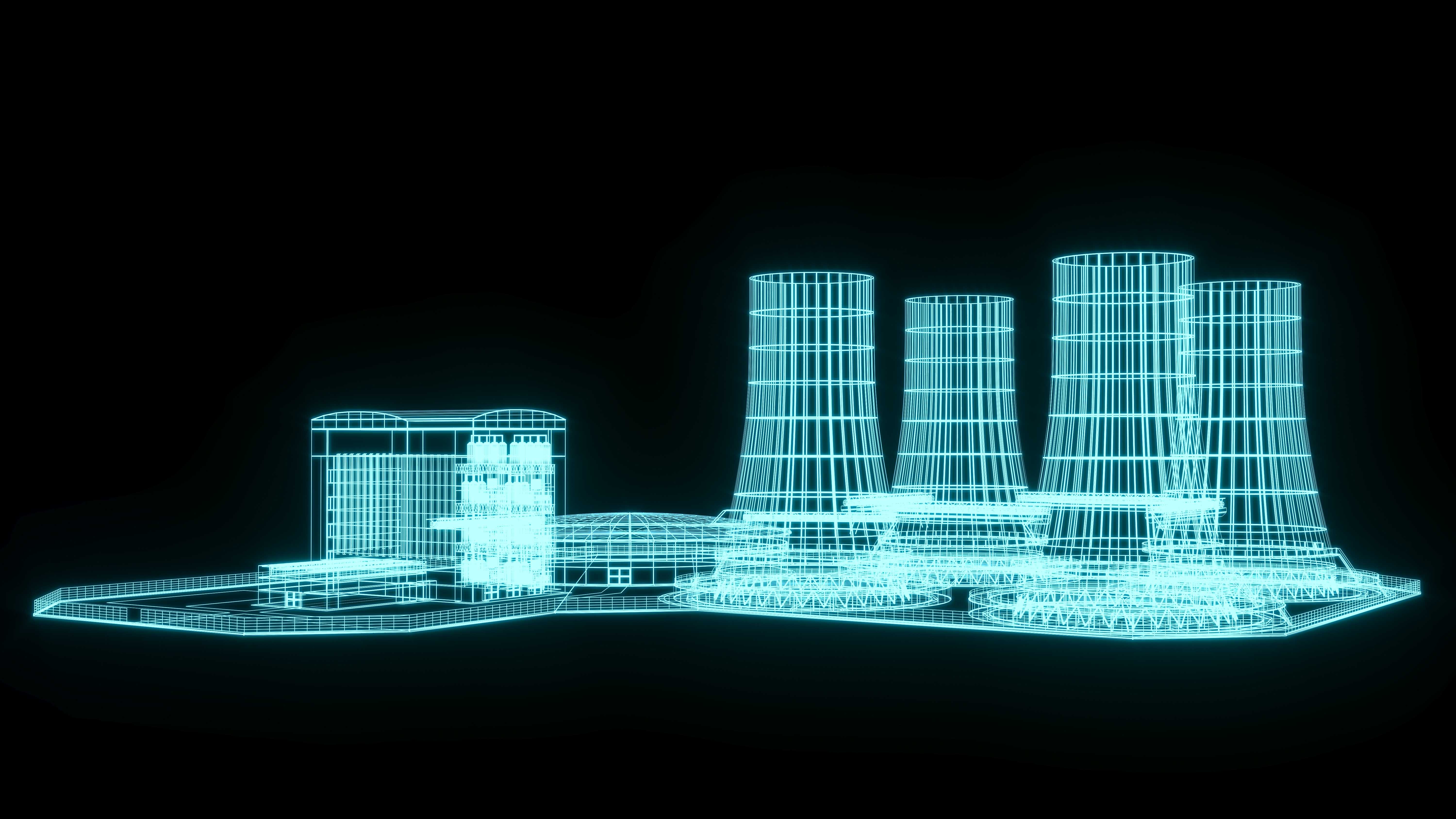Nuclear as a low carbon energy provider
Globally, about 10% of the world’s electricity is produced by the existing nuclear fleet, making nuclear one of the most abundant global clean energy sources. The nuclear energy generation process produces virtually no greenhouse gas emissions. If we consider the total life cycle emissions, which also include those from fuel production, construction and decommissioning, nuclear emissions are on par with renewables such as solar.
Nuclear is contributing now to carbon reduction goals, resulting in about 4% less total global CO2 emissions (55Gt) over the past 50 years than would have been emitted without nuclear. Nuclear plants are also large scale, base loaded power plants, which means that they can replace existing fossil plants without compromising reliability.
As the environmental community and others are now recognizing the value of the existing fleet, there is bipartisan support for extending the lifetime of existing reactors. We have even recently seen a retired plant, the Palisades Plant in MI return to operations.
Nuclear Innovation
While its important to maintain the existing nuclear fleet, what truly is exciting here is that nuclear is undergoing a renaissance in innovative reactor designs which promise to fill some critical gaps in the energy transition.
Most newly built nuclear plants or those under construction today are what is known as the GEN III design. These are evolutionary upgrades of traditional plants, with the most significant feature being that they have passive cooling systems. From a safety design standpoint, this means that they are designed to safely shut down in an emergency without intervention, thus avoiding fuel meltdown issues seen in TMI and Fukushima caused by the inability to cool the nuclear fuel in a timely manner. Gen III reactors, such as the GE ABWR, Westinghouse AP1000 and Areva EPR are safely operating in the US, Asia and the EU.

Small modular reactors (SMRs) are also emerging in the marketplace. A key benefit of SMRs is that they can be constructed and tested in a central manufacturing facility and then shipped to the site for operations, thus reducing financial risks from construction delays. Features such as modular design and fuel innovations also mean that SMRs can be tailored to fit the vast energy needs of AI focused data centers, or to energize “hard to abate” industrial processes which currently rely on fossil fuels.
Can smaller be better?
While there are many challenges ahead, SMR designs have the potential to be increasingly competitive with traditional generation over time as additional units are built and the processes are scaled.
An emerging SMR provider is TerraPower, owned by Chairman Bill Gates. TerraPower is developing its Natrium reactor, which is sized to power about 400 homes (345MW) and is based upon a liquid sodium metal coolant. A key benefit of the coolant is that it also provides energy storage functionality, enhancing the ability of this SMR to provide a balance to intermittent renewable supply to the grid. The first Natrium demo plant, Kemmerer 1, is scheduled to begin operations in 2030 in Wyoming at the site of a retired coal facility.
Another SMR design, the XE-100 from X-Energy, uses billiard ball sized, pebble shaped fuel pellets which are gravity fed through the core throughout operations. Helium gas is circulated through the pebbles, functioning as a high temperature gas reactor. Dow has partnered with X-Energy for a construction permit for a XE-100 reactor at its facility in Seadrift, TX. The SMR would provide the high temperature steam that is needed for chemical manufacturing at this full-scale facility.
While progress may take time in the nuclear industry, the positive momentum is clear. Another indication is the nuclear energy partnership agreements that are being announced with data center providers seeking reliable low carbon energy supplies such as Amazon, Microsoft and Google. A recent announcement between Google, The Tennessee Valley Authority and Kairos Power promises 50MW of data center power by 2035 from Kairos’s Hermes-2 SMR reactor.